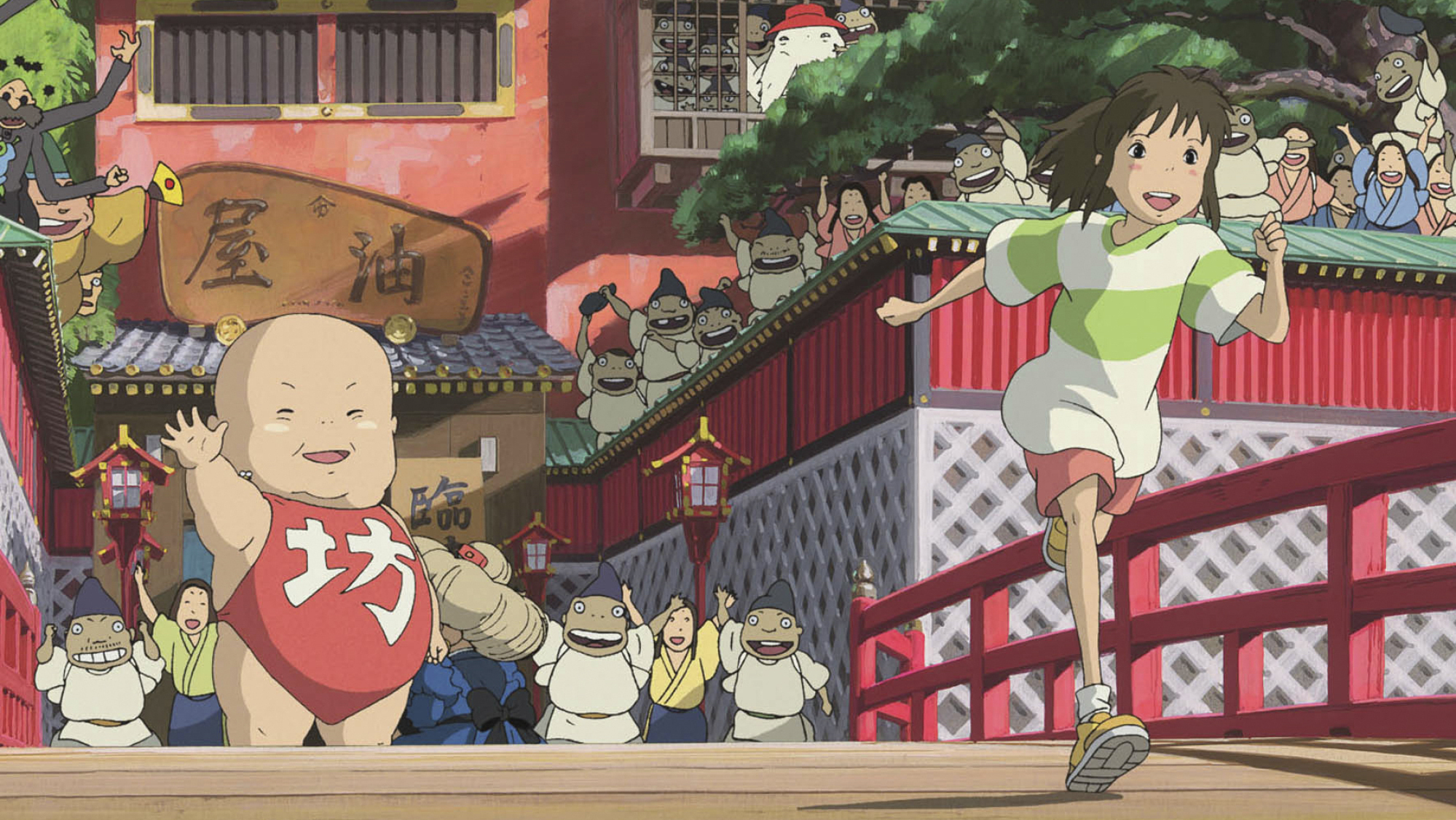
Anime streaming wars: Japanese films gain fans worldwide, as Sony, HBO Max and Netflix scramble for rights to show them
- The booming popularity and financial rewards of anime has Western companies such as HBO and Netflix, and Japan’s Sony, competing to buy backlists
- The supply of new films is limited, with studios struggling to recruit young artists in Japan who are put off by the long hours and low pay
Japanese animation is in fast motion. International media companies hungry for intellectual property could set off a gluttonous feeding frenzy like the famous one depicted in Hayao Miyazaki’s Academy Award-winning anime Spirited Away, one of the highest-grossing films in Japanese history.
Anime, Japan’s most popular cultural export, stretches back a century but is gaining fresh appeal amid a cutthroat quest for content. Overseas anime markets are poised to overtake the domestic market for the first time, based on an industry trade group’s figures. While Japan’s anime business grew an average of just 1 per cent a year from 2012 to 2018, foreign markets swelled at a compound annual rate of 27 per cent, according to brokerage CLSA.
Sony late last year strengthened its presence in the US$24 billion genre by paying US$1.2 billion for AT&T’s Crunchyroll streaming service, focused on anime, manga and dorama (Japanese television drama). Now with 100 million registered users worldwide, the size and popularity of Crunchyroll means the Sony acquisition could have knock-on effects in the so-called anime streaming wars that have gripped the genre.
Anime’s popularity is exploding around the world. Netflix reported that more than 100 million households had watched at least one anime title in the year until September, a 50 per cent increase from the previous year.

Anime became mainstream in Japan in the 1980s, with fans of various genres including cyberpunk, space opera and real robot inspiring cultish subcultures.
Finding characters that will captivate broad audiences is becoming more important in the world of entertainment. In the past, Disney mastered the art, snapping up the Marvel and Star Wars franchises to accompany its Pixar studio. Animation can work especially well because of the appeal to children and adults alike, conveying universal themes in local languages.
Supply may not keep up with fast-growing anime demand, though. Notoriously long hours and low budgets have made it difficult to recruit young artists in Japan. Anime is almost entirely hand-drawn, which can take a lot of time for the inexperienced artist. Meanwhile, some of the most popular anime titles already have licensing deals, which could further drive up prices as buyers sift through extensive libraries.

With the entertainment wars heating up, though, the next round of anime deals could get even more animated.

